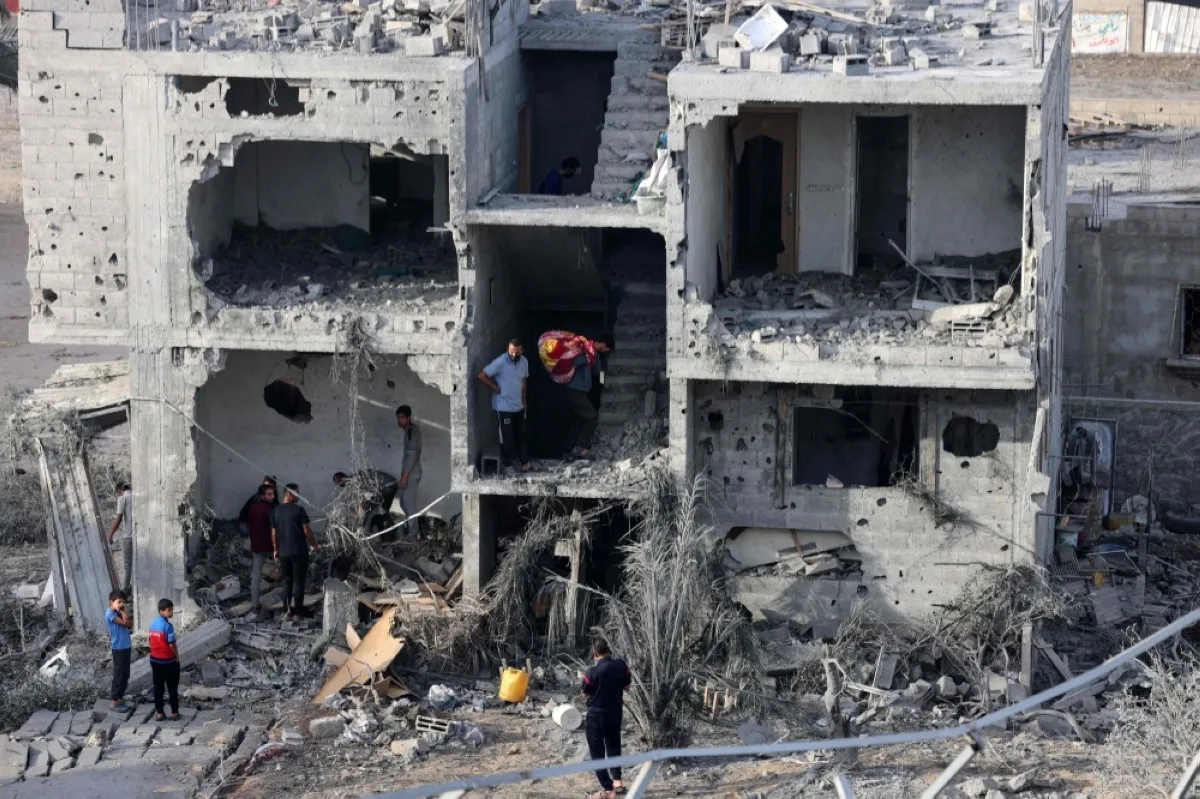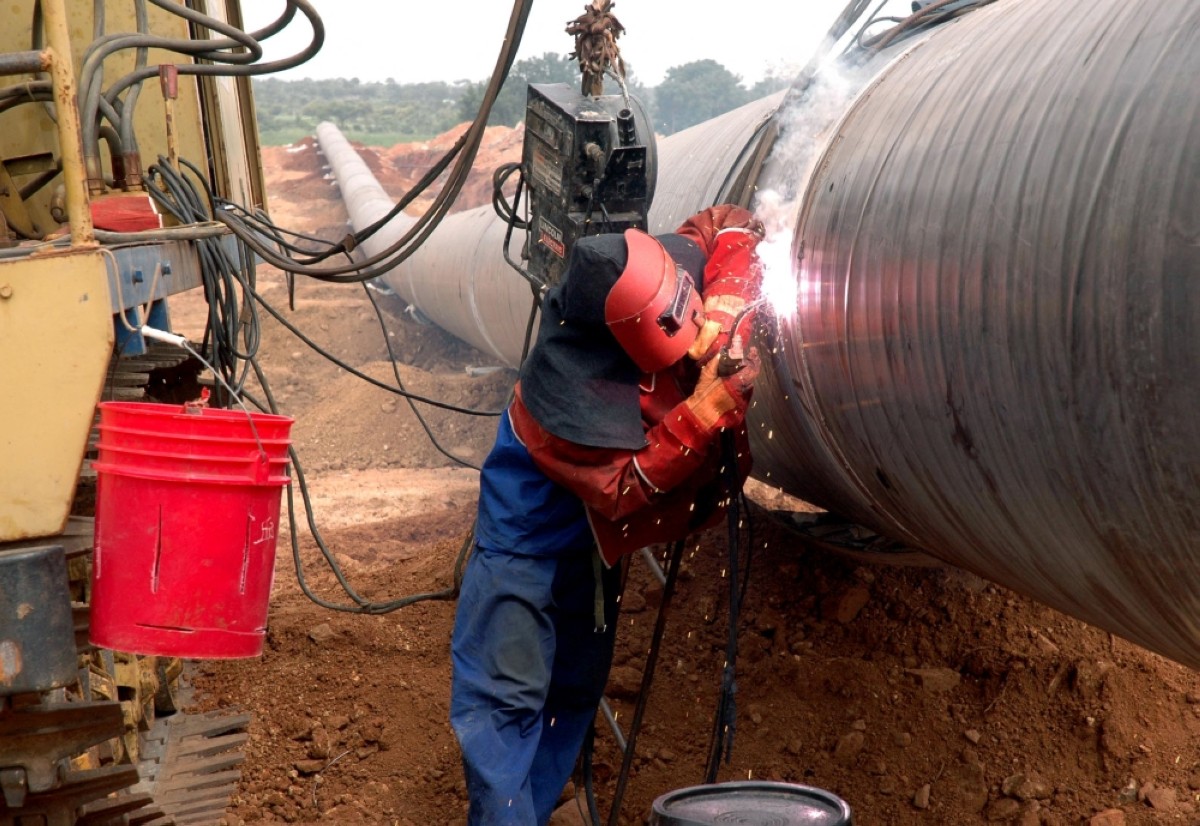Poverty soars in conflict-hit Gaza, West Bank, says UN
UNITED NATIONS: The socioeconomic “shock” of the Zionist entity’s war on Gaza will force hundreds of thousands of Palestinians into poverty, a UN report on the conflict’s possible long-term impacts on Gaza and the West Bank warned on Thursday.

GAZA: People salvage some belongings from a damaged building following Zionist bombing on Rafah in the southern Gaza Strip on Nov 11, 2023. – AFP.
After a month of intense Zionist entity bombardment of the Gaza Strip, the poverty rate in the Palestinian territories is expected to soar from 26.7 percent to 31.9 percent, according to estimates from the UN Development Program (UNDP). That represents about 285,000 people added to the impoverished pre-war population of almost 1.5 million.
The poverty rate could reach 35.8 percent if the conflict lasts another month, according to the report, and rise further to 38.8 percent if it lasts two months. The war, which claimed at least 1,400 people in Zionist entity, has generated a severe “shock to Palestinian economic activity,” the UNDP report says.
Projected GDP growth in the Palestinian territories could fall 4.2 to 12.2 percent from pre-war estimates, depending on how long the fighting lasts — or losses of between $857 million and $2.5 billion. Unemployment is also expected to increase between five and 13 percentage points, from a pre-war level of 24.7 percent, the world body said.
An estimated 182,000 jobs have already been lost in the Gaza Strip, and an additional 208,000 jobs have been eliminated in the West Bank, due to restricted movement of goods and the inability of Palestinians to cross into Zionist entity to work. “We have to recognize that the consequence of what is happening right now is literally a development crisis for years to come,” UNDP administrator Achim Steiner told AFP.
In the Gaza Strip, at least 45 percent of homes have been destroyed or damaged, but businesses and agricultural lands have also been hit. Satellite images show that in the governorates of North Gaza and Gaza City, more than 36 percent of greenhouses were destroyed or damaged, and more than 1,000 fields have been damaged, the report says.
“In our most conservative scenario, this conflict is likely to set back development (in the Palestinian territories) by well over a decade,” Steiner said. In the most pessimistic outlook, the human development index — which measures life expectancy, education and standard of living — could roll back to 2007 levels. Steiner says the international community must therefore start looking not just at humanitarian aid, but also redevelopment concerns — taking to heart past lessons in terms of slow reconstruction in Gaza and its resulting dependence on outside help, especially from Zionist entity.
In the May 2021 conflict between Zionist entity and Hamas, 1,700 homes were destroyed. A year later, only 200 had been rebuilt, the report says. “We need to look at how we can accelerate both the clearance of rubble and the ability of bringing in materials,” Steiner said. He also called for the installation of solar panels and water desalination plants of varying size “in order to allow a group of people who essentially are confined to the Gaza Strip to be able not only to survive, but also to maintain a functional economy, in what could still be years of tension.” — AFP.











